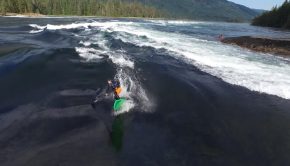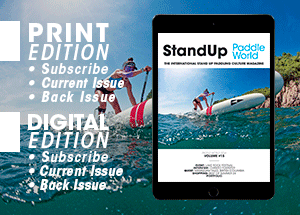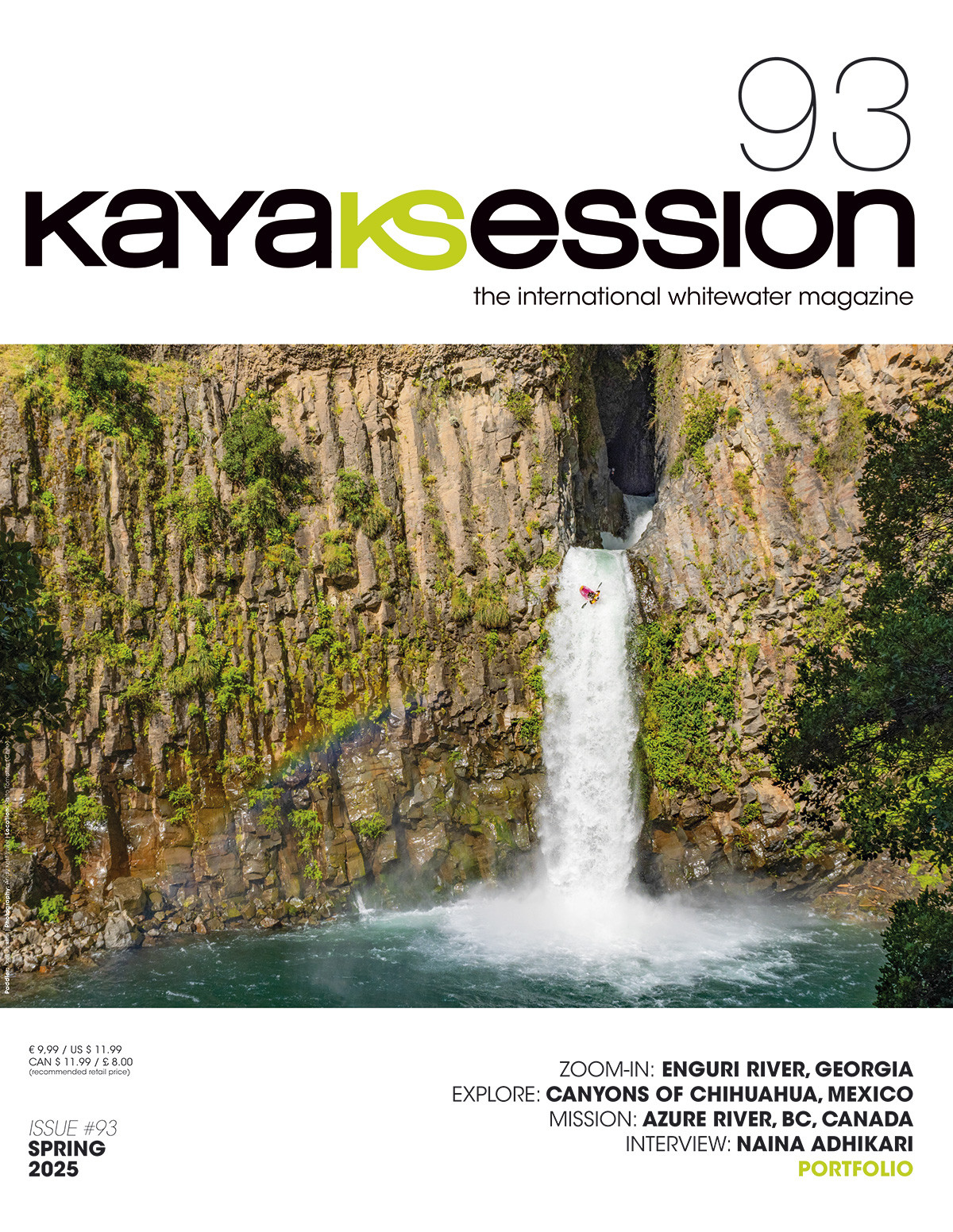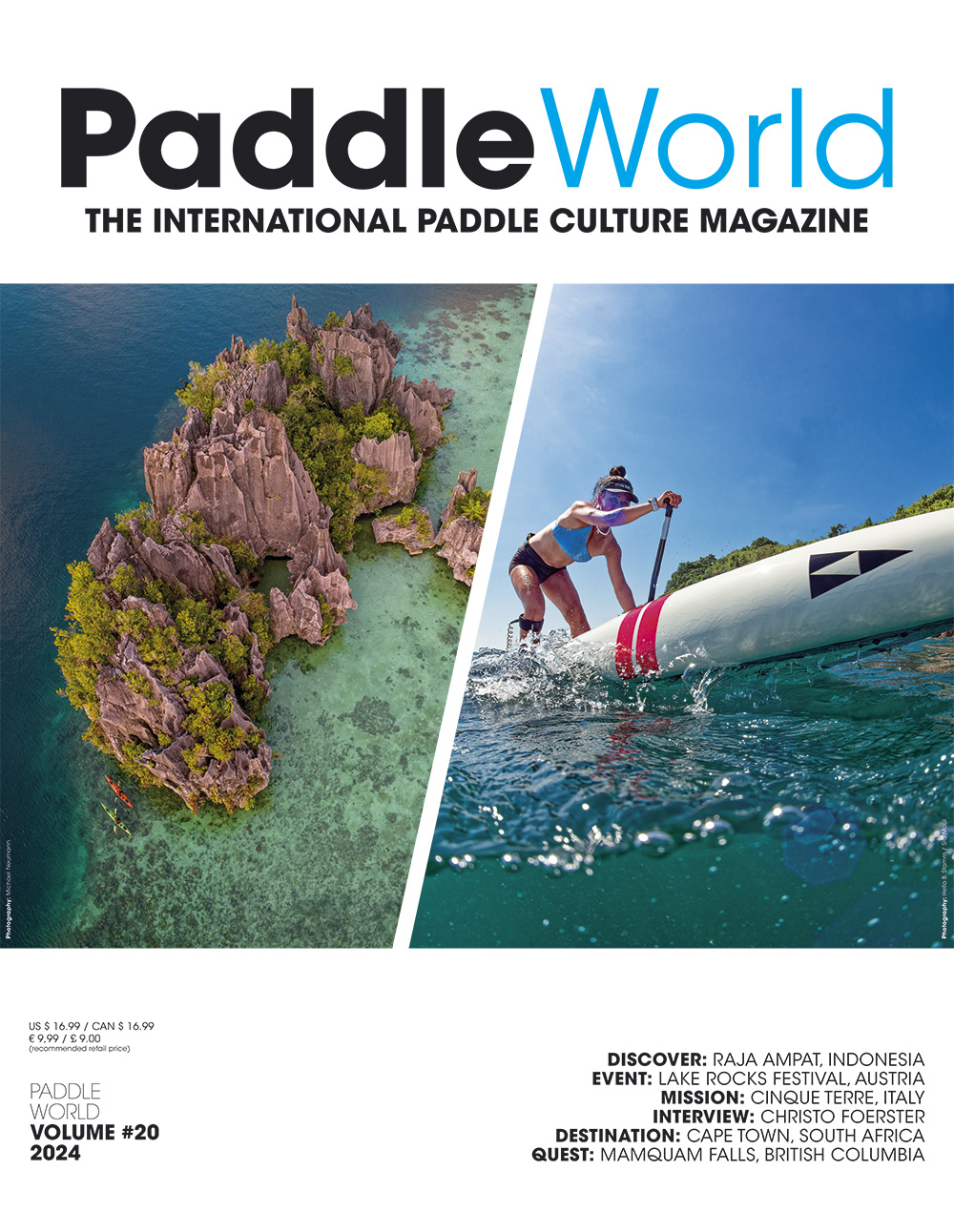Published on September 28th, 2017 | by Matt Dumoulin
River SUP Instruction with Luke Hopkins
« The US National Whitewater Center is great for whitewater stand up paddleboarding. Here are some basic tips on technic for paddleboarding the river.
When Stand Up Paddleboarding whitewater make sure to have a durable board that can hold up to the rocks and always where a helmet and a lifejacket. The most important aspect of whitewater paddleboarding is maintaining forward speed with powerful forward strokes. This will help to keep you in control of your board and not the river.
While maintaining forward speed be ready to keep the nose of the board out of the water when punching through holes or over ledges. This can be done by adjusting you position on the board further back to get the nose in the air. In this clip I make a small adjustment further back on the board just before going over a ledge. When paddling rapids always keep your knees bent. Having the knees bent will help to maintain balance on the board and to absorb shock when punching holes or going over ledges and water falls. When combining forward speed, keeping the nose out of the water and knees bent it is possible to stand up paddleboard more difficult rapids. Sometimes with larger drops or bigger holes a even wider and lower stance will help to absorb shock from impact. You legs should act as suspension when going over ledges and waterfalls.
Stand up has some major advantages when paddling in rivers. The first is the ability to see further down stream to evalute the river and the obsticles. The boards always float so if you fall off during a rapid you can just climb back on and continue paddling that same rapid. Most rivers are rocky places that demand durable gear. Choosing the right board for running rapids is important. The airlite HD made by Stride Stand Up Paddlesports is specifically designed for the river in every way. «





